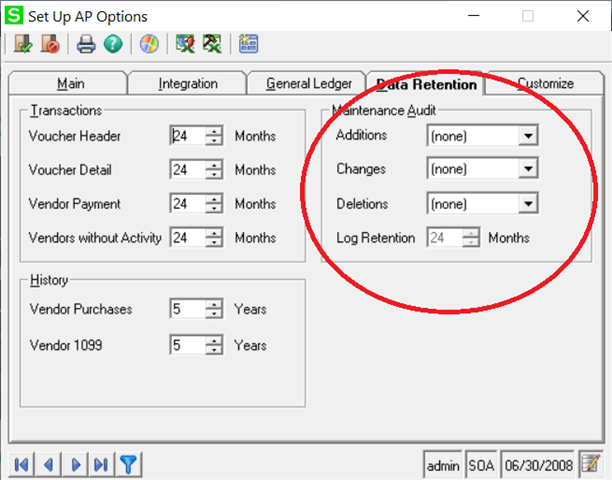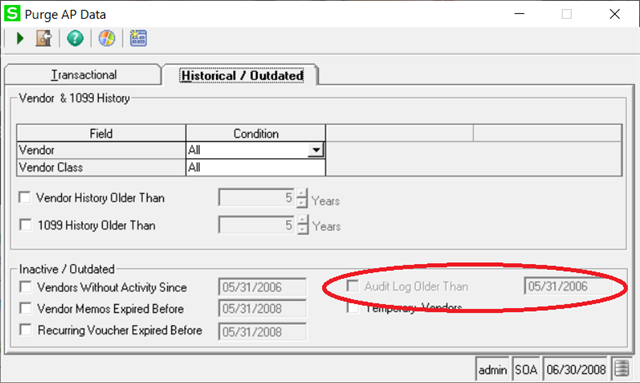During the upgrade process, there is a timeout error:
Sage 500
Welcome to the Sage 500 Support Group on Community Hub! Available 24/7, the Forums are a great place to ask and answer product questions, as well as share tips and tricks with Sage peers, partners, and pros.
General Discussion
Upgrading from 2017 to 2019 - Timeout



